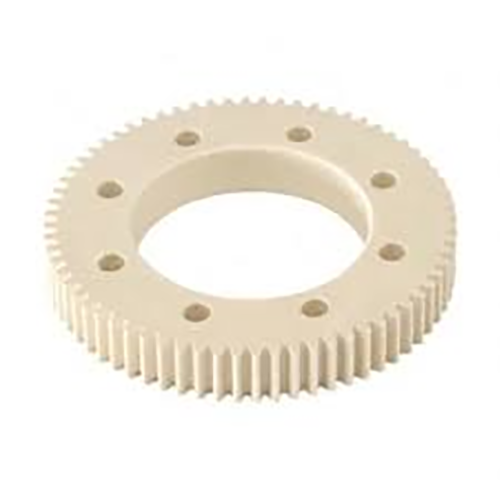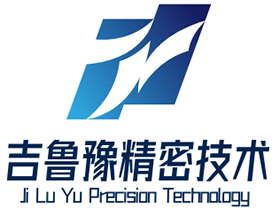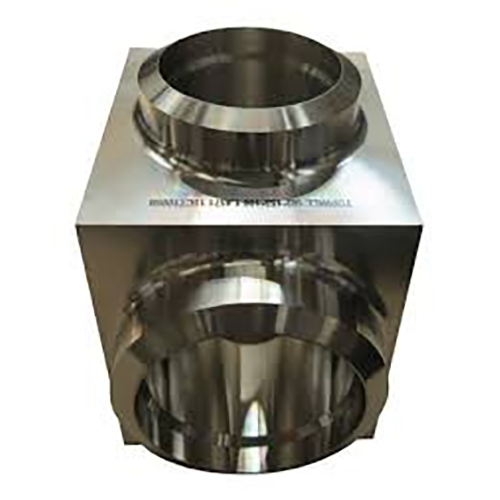
Realizing precise finish on a turned or milled piece stands as fundamental.
- Design documents set out definitive finishing requirements for parts
- Surface notes typically employ Ra—arithmetic mean deviation—when specifying roughness
- Familiarity with surface callouts is vital for achieving performance targets
- Prescribed surface characteristics govern lubrication, abrasion, and longevity
- Accurate interpretation of callouts is required to realize the targeted surface
Understanding Precision Engineering in CNC Machining

Programmed machining operates as a leading production process with programmed toolpaths the apparatus generates complex components precisely.
- CNC equipment supports building precise items from many material classes
- The versatility of CNC machining makes it ideal for aerospace, automotive, medical, and electronics
- CNC processes produce uniform parts with high repeatability over runs
From early-stage prototyping through mass manufacturing CNC machining underpins modern fabrication
Deciphering CNC Machine Specifications
Parsing spec sheets may feel challenging at initial inspection
Still a modest foundation of know-how combined with structure allows navigating specs
Commence with recognizing main metrics: spindle rpm, feed, precision, work volume, control system
All these parameters affect the tool’s total functional output.
To illustrate, faster spindle rotation fits soft materials and quicker feed improves production rates.
Knowing these correlations permits matching machine capabilities to your specs
Ensure you peruse vendor documentation exhaustively.
Producer documentation frequently delivers important notes and clarifies terminology
Complete Overview of CNC Equipment
Computer-operated machining stations are programmed units for precise automated part fabrication across materials They operate by interpreting digital instructions called G-code to control cutting tools or other actuators.
- Typical CNC models span milling centers, rotary lathes, CNC routers, plasma tables
- Machining methods apply across metals, plastics, wood, and composite substrates
- Likewise CNC solutions enable fast prototyping and small-lot production for enterprises and research labs
Core Concepts of CNC Machinery
They present marriage of accurate mechanics and advanced control software Programmable machines execute software-driven fabrication of straightforward components and complex constructions Underlying principle converts virtual designs into actual manufactured items.
- CNC machining
- Code-driven production workflow
It performs sequenced precise axis operations dictated by program Production personnel configure feeds and speeds, monitor cycles, and guarantee output quality.
Significance of Surface Finish in CNC
Attaining target texture in CNC processes is critical It significantly alters operational behavior and appearance The type of material being machined the cutting parameters used and the post-processing operations all contribute to the achieved surface texture.
Polished textures increase lifespan; rough finishes may lower effectiveness Numerical control machining supplies multiple methods and cutters to obtain target textures.
- Consider using alternative cutting shapes |coated inserts|spindle rpm choices to produce target surface
- Secondary operations like sanding, grinding, or polishing boost finish
Comprehending the connections between machining choices and texture secures better results.
CNC Overview: From Use to Application
Programmed machining provides accurate part shaping across multiple material types They run numerical instructions to manufacture complex shapes consistently Understanding machine control, programming, and tooling choices is crucial for effective machining
Use cases cover aerospace, automotive, medical, electronics, and more sectors From precision engine parts to detailed injection molds, CNC delivers complex products
Specifying Surface Roughness for CNC Parts
Precise surface specification proves essential in CNC machining It verifies compliance with intended functional and aesthetic goals Drawings usually depict finish requirements with Ra roughness values Measured in micrometers or inches, the number reflects mean surface roughness height.
Balance smoothness needs with intended application when designating finish

Often a polished surface is selected when precise tolerance and fit are required
Textured surfaces may be selected to improve grip or frictional engagement
Include unambiguous roughness values in drawings to specify finish demands Record Ra alongside additional machining recommendations or surface treatments.
Remember that effective surface finish callouts are key to achieving a successful manufacturing outcome
CNC Equipment Types and Use Cases
The CNC ecosystem includes a broad selection of machines for multiple task categories They pair with CAD software to translate designs into cutting commands for precise fabrication.
- Drilling units excel at producing holes and axial features in parts
- Grinders refine surfaces and achieve tight dimensional tolerances via abrasion
- Plasma machines slice thick steel and ferrous metals rapidly using plasma arcs
The choice of CNC machine depends on the specific project requirements materials being worked with and desired precision Different CNC platforms supply distinct functionality valuable across industries including automotive and aviation.
Reaching Optimal Surface Quality Using CNC
Attaining top-quality surfaces is critical in fabrication and CNC techniques facilitate that achievement With exact feed control spindle tuning and proper tool shapes machinists influence finish quality and minimize defects Plus durable cutting materials and appropriate coolant control boost finish quality Deliberate machining strategies and exact setups enable production of components with excellent texture.
Obtaining Surface Quality via CNC Code
Programming mastery of surface parameters is essential for desired outcomes Combining feed, speed, and tool form strongly affects surface pattern and roughness Deliberate parameter selection and optimized lubrication enable near-flawless finishes.
- Plus regular inspection and maintenance of tools copyright finishing standards Plus regular inspection and maintenance of tools copyright finishing standards Moreover scheduled tool maintenance and inspection preserve surface performance
- To optimize surface finish programmers should consider factors like material type desired surface roughness and the application requirements
- Simulation aids in adjusting parameters virtually to prevent surface problems
- Besides that systematic tool upkeep and monitoring ensure sustained surface quality
